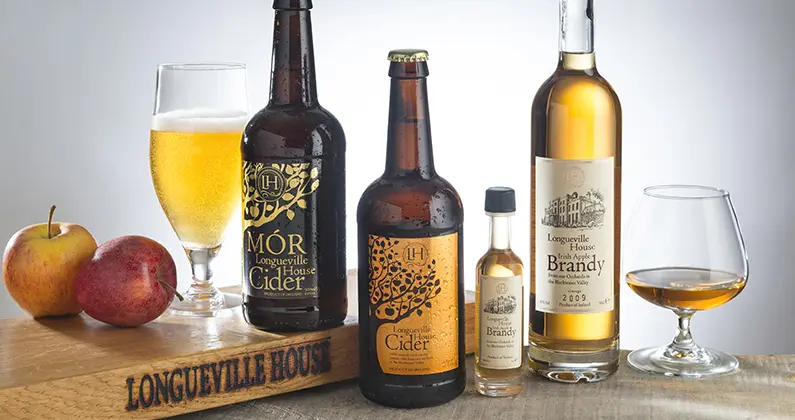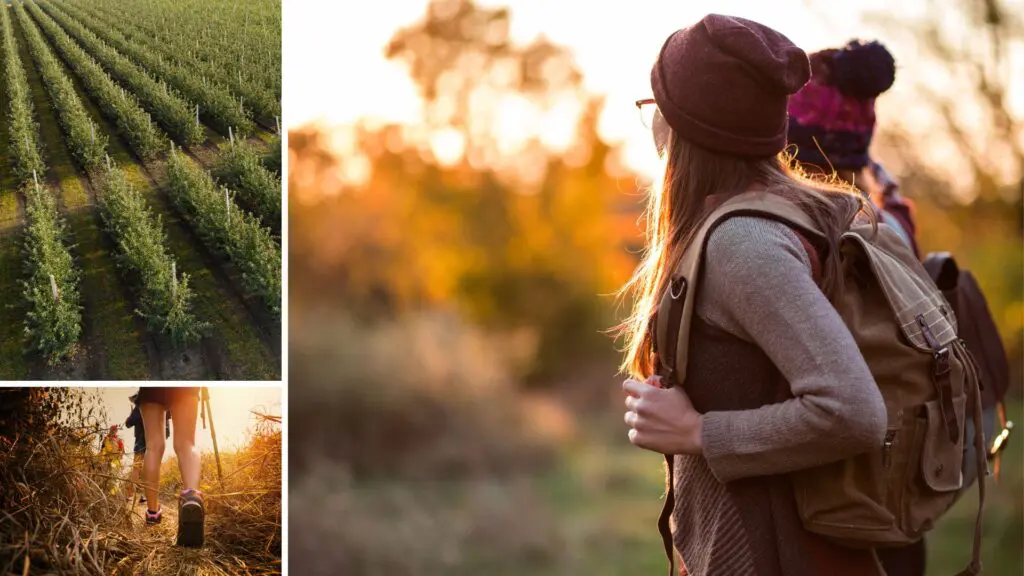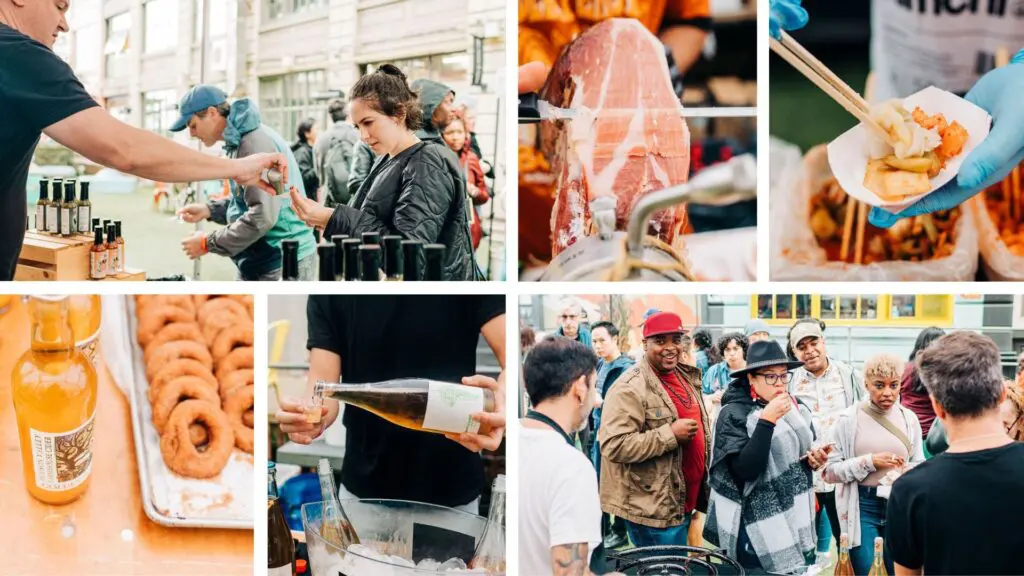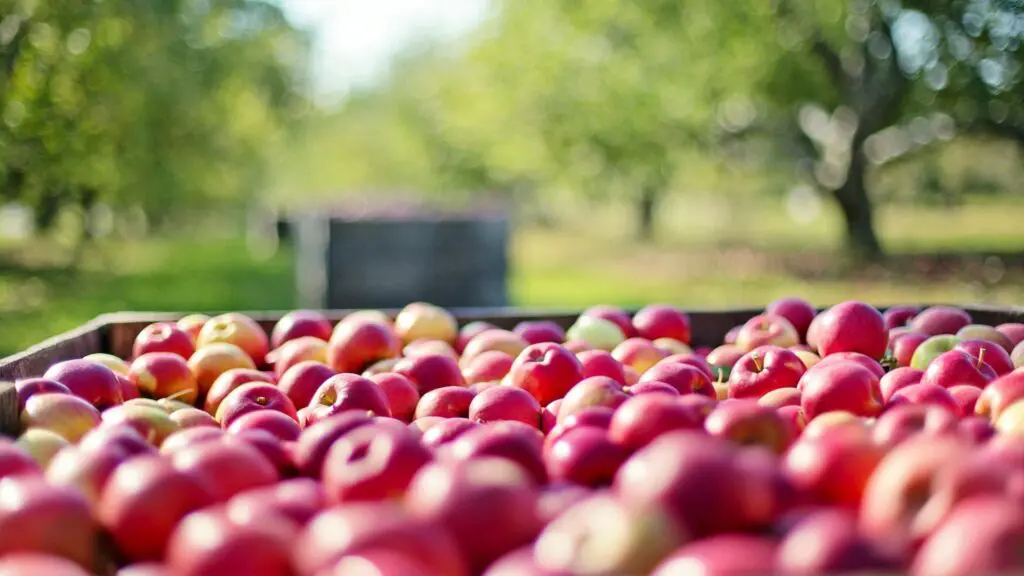Hard cider might not be the first thing that comes to mind when thinking of Ireland’s greatest exports. A pint of Guinness or a glass of Jameson is more likely the image you conjured, but a few Irish cider makers are hoping to get you thinking about something other than just beer and whiskey.
“All the lands as far as the eye can see belonged to the O’Callaghans,” Rubert Atkinson, Longueville Cider’s head of sales says.
Located a half-hour outside of Cork, Longueville House sits on 450 acres of land and more than 300 years of history. Originally owned by the O’Callaghan family, British general Oliver Cromwell seized it in the Rebellion of 1641. Sir Richard Longfield was given the land for his service at the Battle of Waterloo, which is commemorated by the planting of beech and oak trees in front of the house.
“You have all the French to one side and all the English to the other and you have no man’s land running down the center,” Atkinson says. “I think it’s quite fitting that the old Dromaneen castle is in the foreground just there at the end of no man’s land.”
The O’Callaghans eventually regained possession of their land in 1938 when Senator William O’Callaghan bought the land back. O’Callaghan’s son, Michael, ran a wine importing business and had a special interest in brandy, wine and cognac, which eventually led to him planting a type of Riesling grape on the estate.
“He never had much success with the wine; there was no major consistency he was only ever getting maybe two good yields in every 10 years,” Atkinson says. “But at the same time he was planting all the vineyards, he was planting all the orchards.”
By planting the first 25 acres of orchard in 1985 and securing a license for distilling, Michael became the first person besides the three big national distilleries to bring back the practice of distilling cider in Ireland since the 18th century.
Together with Dan Duggan, Longueville’s master distiller and chief ciderologist, Michael and Duggan created the recipes for the brandy and cider they sell now.
“I think there are only four producers that are actually using apples that they grow themselves,” Atkinson says.
The government actually gave tax cuts to breweries and cideries who rented out industrial spaces for their businesses in 2010, which is partly why so many Irish cideries are buying their apples, Atkinson explained.
Longueville offers two ciders that they distribute internationally. Their original cider and their Mór cider, which has an ABV of 8% and is done naturally — utilizing their brandy-making side of the business.
“We age the brandy in barrels for up to six years,” Atkinson says. “When we take the brandy out of the barrel, we fill it with apple juice and we let it age and ferment in the barrel for a period of one year. Some of the alcohol and the taste of the brandy is soaked into the timber, comes back out into the cider.”
Longueville cider is distributed in Italy, Germany and Holland and has expanded into the American market under the name O’Callaghan’s Irish Cider. It turns out Americans wanted an Irish name and Longueville wasn’t it — same cider, same label, just a different name.
Atkinson says they aren’t jumping to make a new cider and want to focus on what they have, a cider that uses real, natural ingredients that come from their own backyard.
“It’d be too easy to rush forward with flavored ciders or different ciders. I think it’s better if we slowly bring it on,” Atkinson says. “We can’t forget about any one customer.”





















